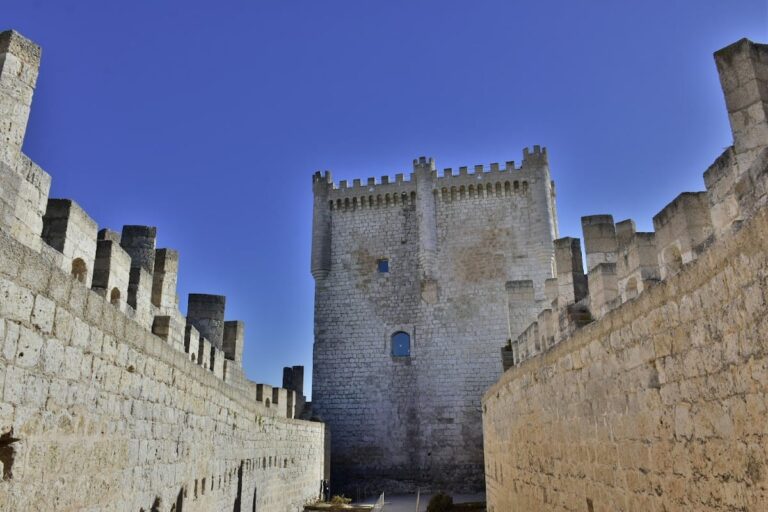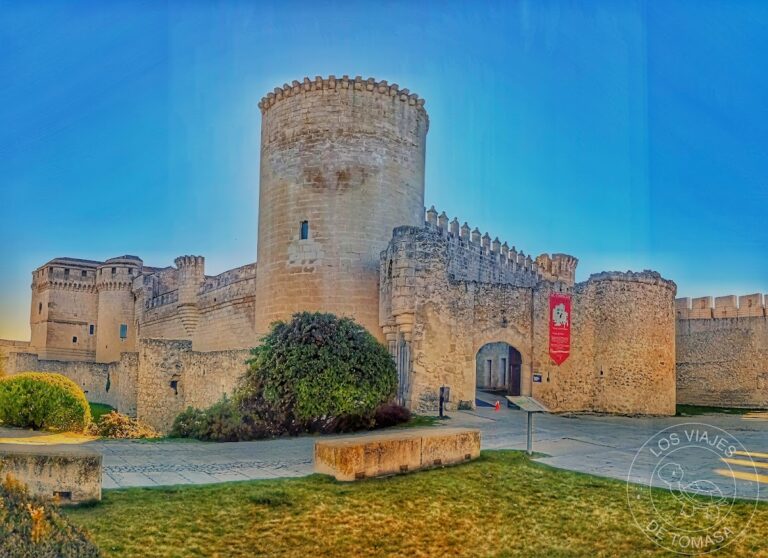Castillo de Encinas de Esgueva: A Medieval Fortress in Spain
Visitor Information
Google Rating: 4.4
Popularity: Low
Google Maps: View on Google Maps
Official Website: www.encinasdeesgueva.ayuntamientosdevalladolid.es
Country: Spain
Civilization: Unclassified
Remains: Military
History
The Castillo de Encinas de Esgueva is a fortress located in the municipality of Encinas de Esgueva in Spain. It was originally built in the 14th century during the medieval period under the Christian kingdoms of the Iberian Peninsula, specifically within the region known as the Merindad del Cerrato.
Construction of the castle began in the 1300s, with historical records naming Alfonso Díez and Gonzalo Gutiérrez as lords who governed the site. Throughout its early history, the castle served an important military role as part of a defensive line running alongside the Esgueva River. Its strategic position was designed to guard the entrance to the Esgueva valley, helping to control and protect access to the area.
In the 19th century, the castle remained inhabited and was under the possession of the Marquis of Lorca by around 1850. Later, during the mid-20th century, ownership passed to an individual named Cándido Moyano. Subsequently, the Spanish Ministry of Agriculture acquired the fortress. Starting in 1945, the castle was repurposed for agricultural use as a grain storage facility within the National Wheat Service, with a capacity to hold roughly 1,200 tons of cereal. This agricultural function continued until the 1970s.
Later, in 1994, the municipal government of Encinas de Esgueva gained control of the property. Today, while the castle no longer serves its military or agricultural roles, its historical layers reflect these various periods of use and adaptation.
Remains
The Castillo de Encinas de Esgueva presents as a well-preserved fortress situated near the Embalse de Encinas de Esgueva reservoir, reflecting its original role in the defensive system along the Esgueva River. The structure has been fully restored, maintaining the integrity of its medieval construction, yet the interior remains empty due to its mid-20th-century conversion into a grain silo.
The castle’s walls bear the coat of arms of the Aguilar family, a heraldic feature that ties directly to its history and original noble owners. This emblem is among the few decorative elements visible today, providing a visible link to the medieval lineages associated with the site.
During its adaptation for cereal storage starting in 1945, significant modifications were made inside to accommodate large quantities of grain. These alterations transformed the interior space to hold approximately 1,200 tons, but no permanent furnishings remain following the end of this use in the 1970s.
Currently, the castle is utilized seasonally for temporary exhibitions held between late June and early September, utilizing its restored exterior and interior space without permanent installations. The ongoing preservation efforts maintain its historical appearance while allowing for flexible public engagement aligned with its layered heritage.










